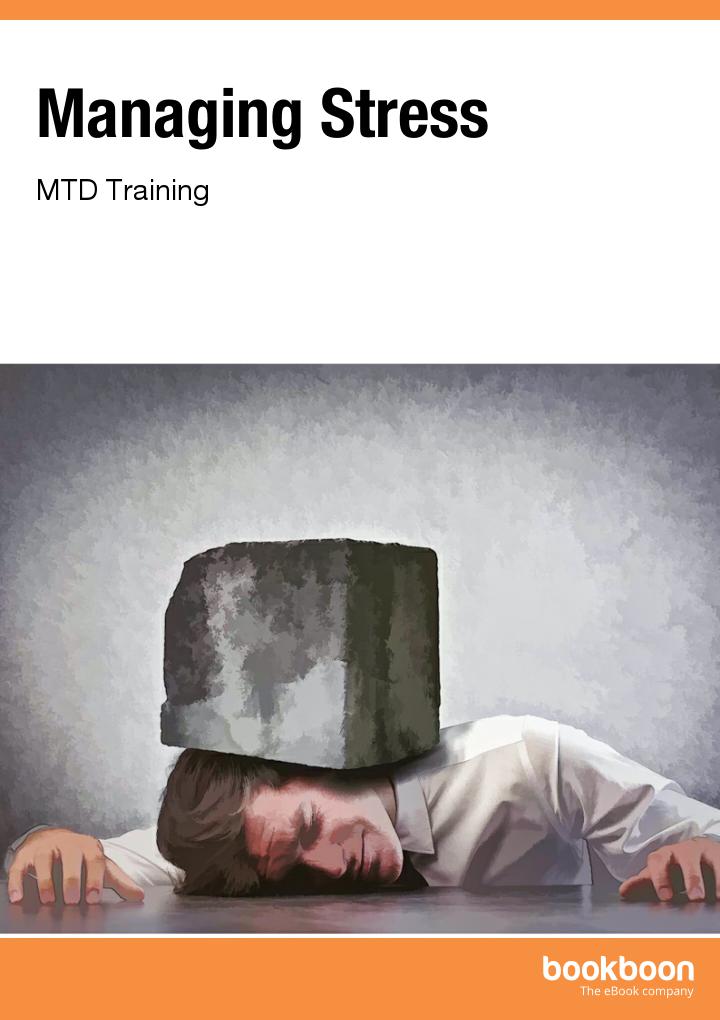4 mindful tips to increase self-awareness

Becoming aware of your emotions takes practice. At first, you may have a hard time identifying the specific emotions that you are feeling but your ability to note what you are experiencing will improve in time. Here are 4 ways to increase your self-awareness.
1. “Check-in” with yourself
To begin to identify your emotions, you will need to make time for doing so. Schedule particular times in the day that you can be alone and calm. At first, you will do this at regularly scheduled times in order to get in the habit of flexing your ‘identifying’ muscle. Eventually, you will be able to call on the skill anytime that you feel a strong, distressing, or other emotion.
Sit quietly and if possible, close your eyes. Ask yourself several questions, and be sure to answer them honestly. There is no right or wrong answer. Just listen to your responses.
Suggestions for questions to ask are:
• How am I feeling?
• What am I feeling?
• How long have I been feeling this way?
• Where do I notice the feeling manifesting itself in my body? Am I tense, clenching my teeth, feeling tired; do I have a headache or a stomachache?
2. Label your emotions
 Once you are able to tell how you are feeling, you will want to be able to identify what started your negative feelings. Was there a particular ‘trigger’? As you get better at identifying your emotions, you can come up with your own labels for them. Remember that not all emotions are negative. Practice recognising and labeling the positive ones too. Some suggestions for labels might be single words like anger, joy, fear, or sadness. Or you can give shades of meaning to your labels by using phrases like ‘fed up,’ ‘tired and worn out,’ or whatever rings truest for you.
Once you are able to tell how you are feeling, you will want to be able to identify what started your negative feelings. Was there a particular ‘trigger’? As you get better at identifying your emotions, you can come up with your own labels for them. Remember that not all emotions are negative. Practice recognising and labeling the positive ones too. Some suggestions for labels might be single words like anger, joy, fear, or sadness. Or you can give shades of meaning to your labels by using phrases like ‘fed up,’ ‘tired and worn out,’ or whatever rings truest for you.
Here are some questions to ask yourself to help identify your triggers:
• When did the feeling first start?
• What was happening when the feeling started?
• Has the strength of the emotion changed at all? How?
Do you like mindful content? Check out our weekly newsletter #MindfulMondays and get the latest blogs on Mindfulness straight to your inbox.
3. Be in the moment
Try to ‘hear’ your emotions as they happen. What are they telling you? We’ve probably all experienced our emotions as warnings, say when we are walking alone in an unfamiliar area of town. Our nervousness is the body’s way of putting us on alert to possible danger. Maybe you have experienced it and called it intuition or instinct – but this same emotional response happens in other areas of our lives as well.
For example, if you agree to go to take on a challenging new project at work but you suddenly feel angry or irritated, what does that tell you? You might really be feeling that you are taking on more than your share of work and you need to speak to revisit the decision to accept the project. Try to verbalise the emotion. For example, you might think, ‘I am feeling really angry right now. I can feel it in my stomach and my back. What is the anger trying to tell me?’ If you learn to notice your emotions as they happen and you will be able to get better at connection emotions to their causes. In other words, acknowledging your emotions as they occur gives you more opportunities to learn about yourself.
4. Get to the ‘Root’ of the emotion
 You have identified your emotion with a label and you are exploring what the emotion is trying to tell you. But you need to make sure that you are dealing with the full emotional story. Often we feel an emotion that is only the ‘tip’ of everything that we are feeling. For example, imagine you are feeling angry. What’s underneath that anger? Are you angry because you feel vulnerable or out of control? Are you angry because someone has made you look bad and you think others will laugh at you? Are you angry because you accepted that work assignment even though you really didn’t want to? All of these ‘roots’ of your anger are different but the resulting emotion is the same. You will need to be willing to look beyond the initial emotion and explore what else you might be feeling in order to be able to manage your emotions. Otherwise, you will be addressing a symptom, not the root cause. It is important to note that we don’t always feel only one emotion at a time. It’s possible to feel many things at once, and even for some of them to seem as if they are conflicting. But every emotion that you feel is there for a reason. Take the time to identify and acknowledge each one in order to get the most information from what you are feeling.
You have identified your emotion with a label and you are exploring what the emotion is trying to tell you. But you need to make sure that you are dealing with the full emotional story. Often we feel an emotion that is only the ‘tip’ of everything that we are feeling. For example, imagine you are feeling angry. What’s underneath that anger? Are you angry because you feel vulnerable or out of control? Are you angry because someone has made you look bad and you think others will laugh at you? Are you angry because you accepted that work assignment even though you really didn’t want to? All of these ‘roots’ of your anger are different but the resulting emotion is the same. You will need to be willing to look beyond the initial emotion and explore what else you might be feeling in order to be able to manage your emotions. Otherwise, you will be addressing a symptom, not the root cause. It is important to note that we don’t always feel only one emotion at a time. It’s possible to feel many things at once, and even for some of them to seem as if they are conflicting. But every emotion that you feel is there for a reason. Take the time to identify and acknowledge each one in order to get the most information from what you are feeling.



